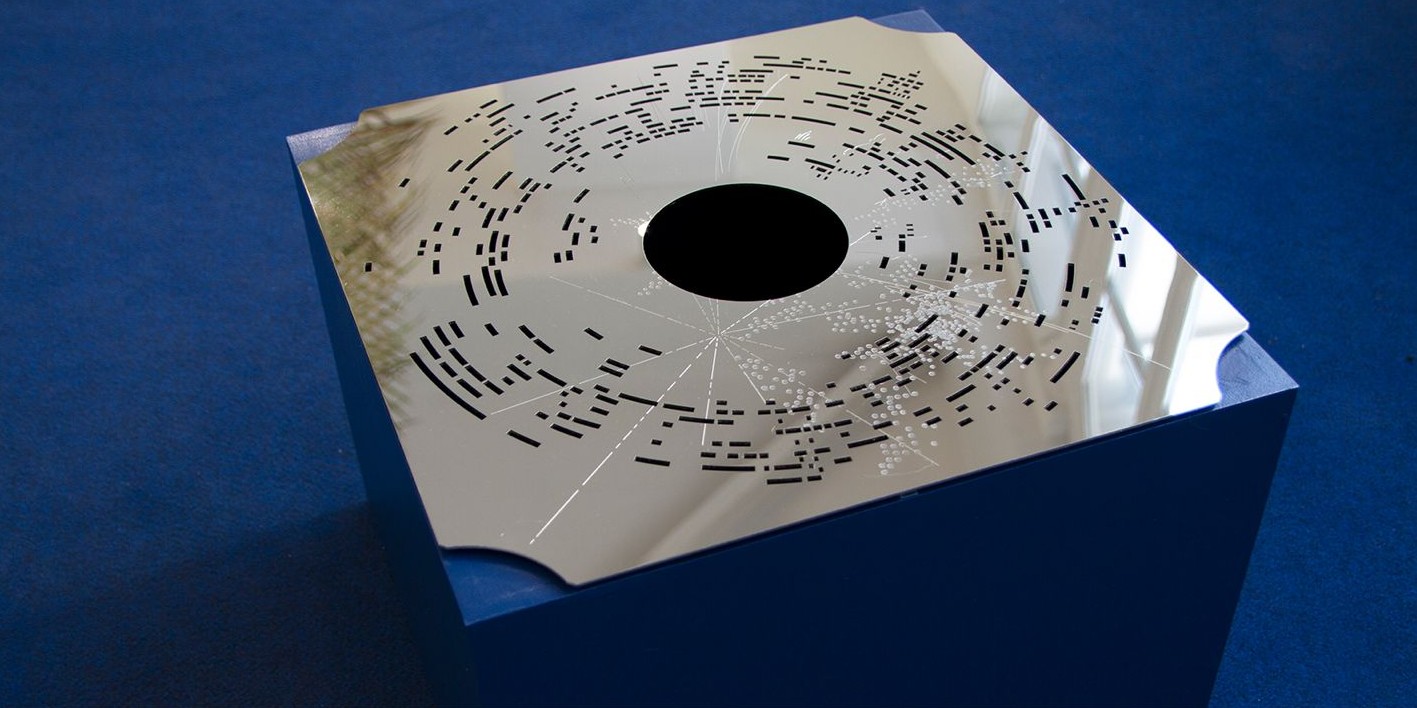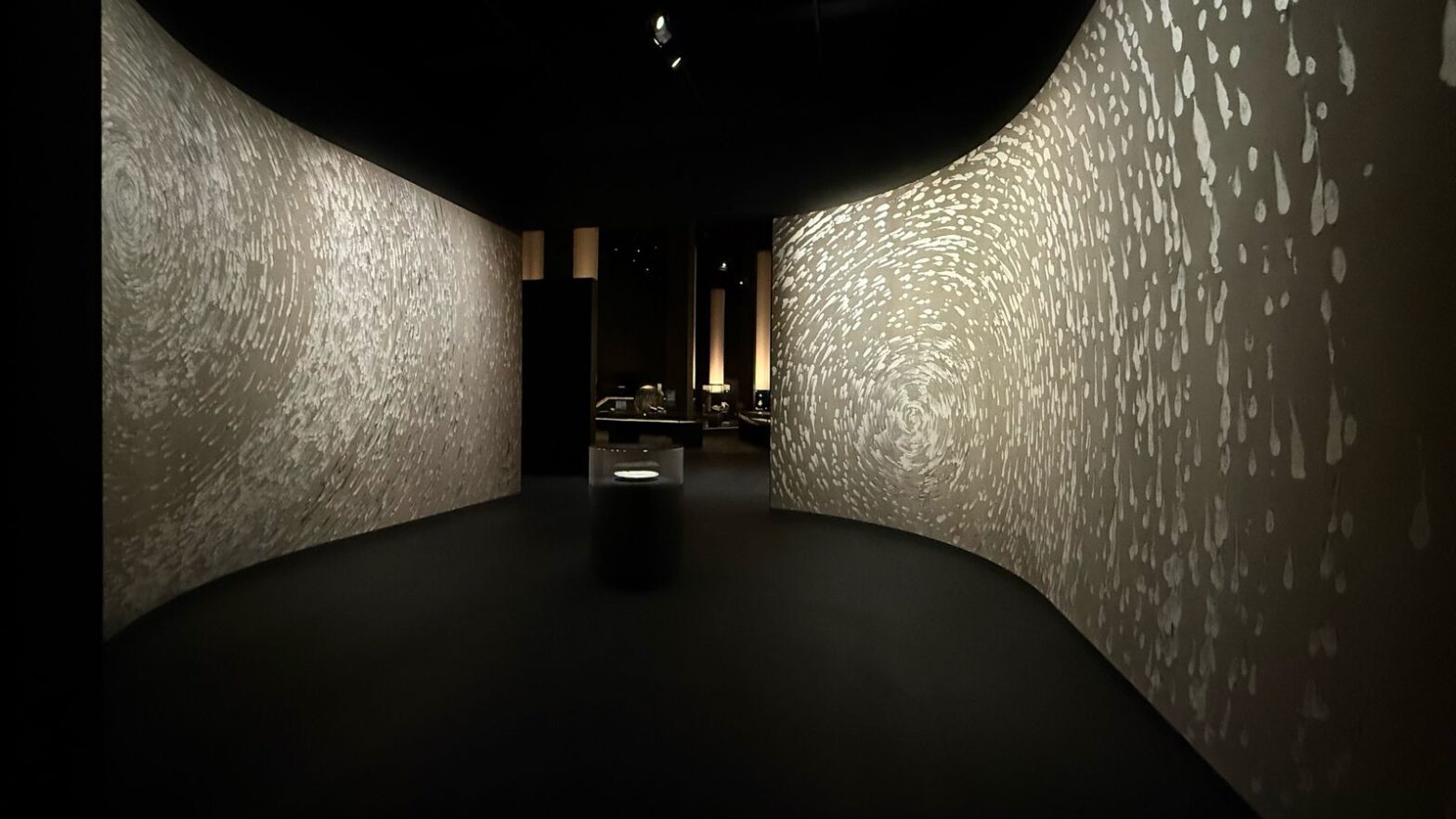Charwei Tsai
-
Resonant: Bodies, Songs, and Strings
6 JUNE 2025 ~ 4 JANUARY 2026 Curated by Elena Sorokina and Simona Dvorak, with curatorial advisors Nataša Petrešin-Bachelez and the Initiative for Practices and Visions of Radical Care Musée d’Art et de Culture Soufis MTOChatou, France

-
Health and Mental Health
30 APRIL 2025 In conversation with Leanne SacramoneLes Rencontres Art et Engagement 2025 Organized by Thanks for NothingLouvre Museum Auditorium, Paris, France

-
mor charpentier @ Art Basel Hong Kong
28 ~ 30 March 2025 Hong Kong Convention and Exhibition Centre
-
That Which at First Tastes Bitter
Mica pigment and ink on cotton Islamic Arts Biennale 2025 Jeddah, Saudi Arabia

-
Welcome Back, Yokohama
8 February 2025 ~ 2 June 2025 Yokohama Museum of Art, Japan